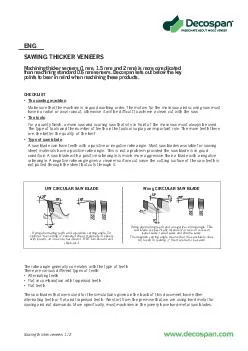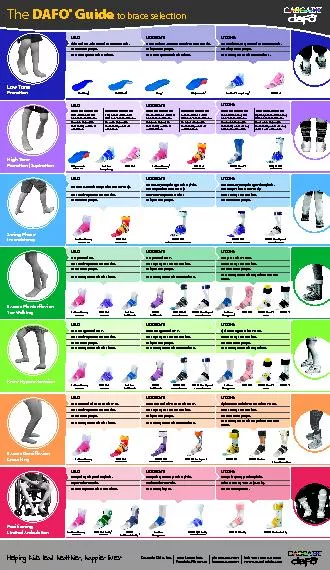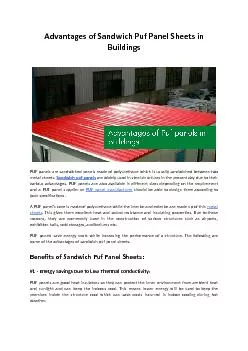PDF-1. Manually operated panel sawThe panel saw is equipped with a scoring
Author : jane-oiler | Published Date : 2016-07-28
2 Automatic panel sawThe difference as compared with the previous machine is that here automatic throughput is usedThe scoring saw here has a diameter of 220 mm
Presentation Embed Code
Download Presentation
Download Presentation The PPT/PDF document "1. Manually operated panel sawThe panel ..." is the property of its rightful owner. Permission is granted to download and print the materials on this website for personal, non-commercial use only, and to display it on your personal computer provided you do not modify the materials and that you retain all copyright notices contained in the materials. By downloading content from our website, you accept the terms of this agreement.
1. Manually operated panel sawThe panel saw is equipped with a scoring: Transcript
Download Rules Of Document
"1. Manually operated panel sawThe panel saw is equipped with a scoring"The content belongs to its owner. You may download and print it for personal use, without modification, and keep all copyright notices. By downloading, you agree to these terms.
Related Documents














